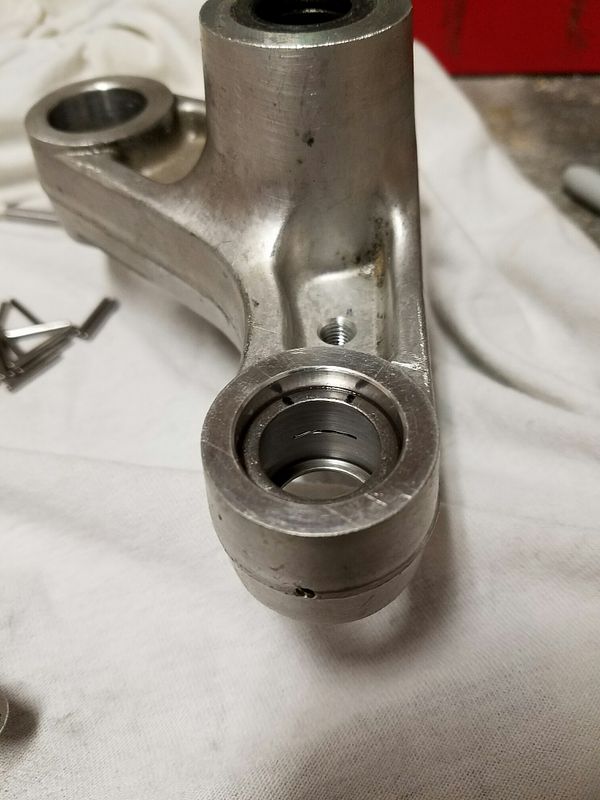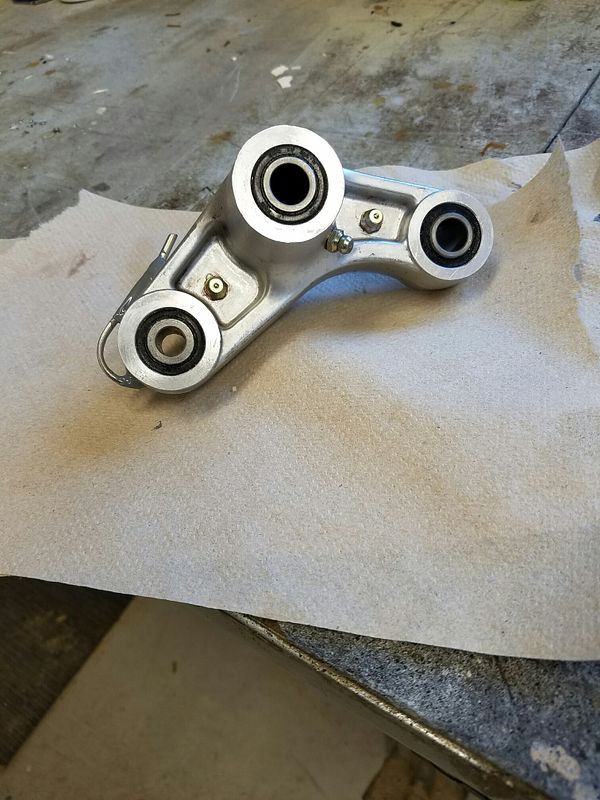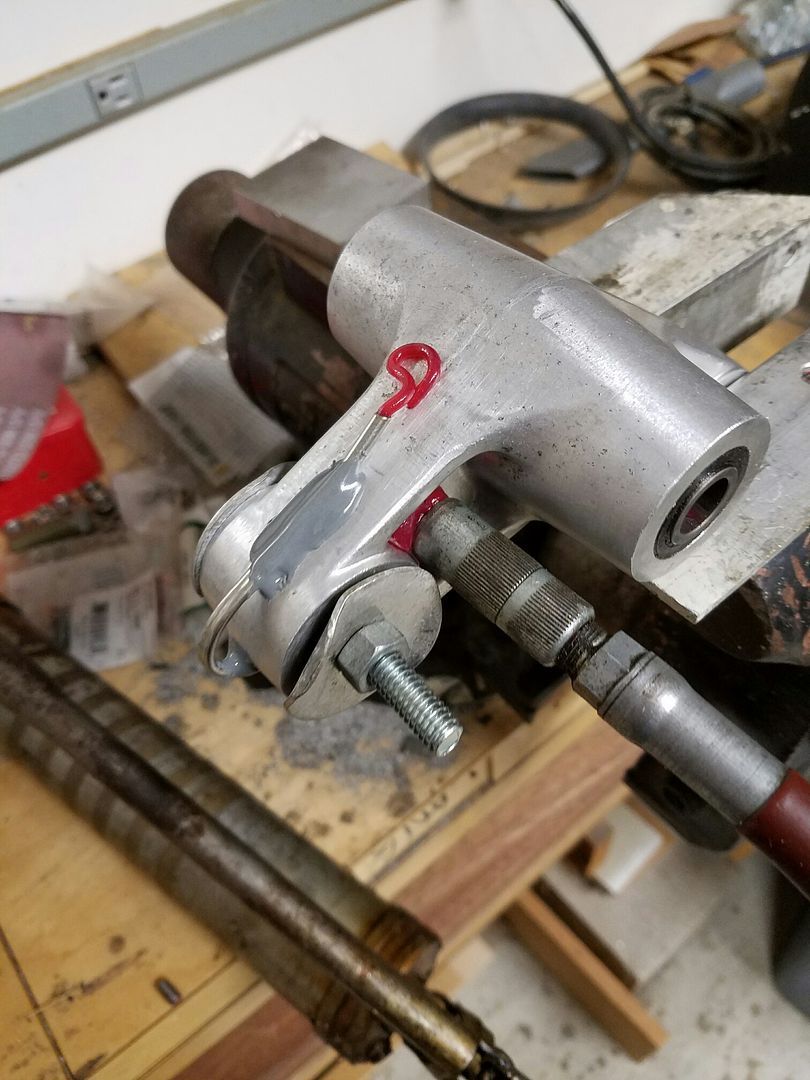I bought a relay arm on Ebay back in October that I saw here referenced here originally. Thanks bseelbach.
My intention was to mod it to add some zerk fittings to allow lubing the bearings without having to remove the relay arm from the bike.
Problem is, the non ES and ES bikes use different relay arms. I didn't know that when I bought the used relay arm. But I modified it anyway to prove out the technique. It works great on my workbench, but I want some real world use and feedback.
My photobucket account is acting up and I haven't been able to upload photos (or link to older ones) so I have no photos to post here just yet. PM me and I can email them if you're interested.
Anybody willing to pay me $75 for this arm?
My intention was to mod it to add some zerk fittings to allow lubing the bearings without having to remove the relay arm from the bike.
Problem is, the non ES and ES bikes use different relay arms. I didn't know that when I bought the used relay arm. But I modified it anyway to prove out the technique. It works great on my workbench, but I want some real world use and feedback.
My photobucket account is acting up and I haven't been able to upload photos (or link to older ones) so I have no photos to post here just yet. PM me and I can email them if you're interested.
Anybody willing to pay me $75 for this arm?






